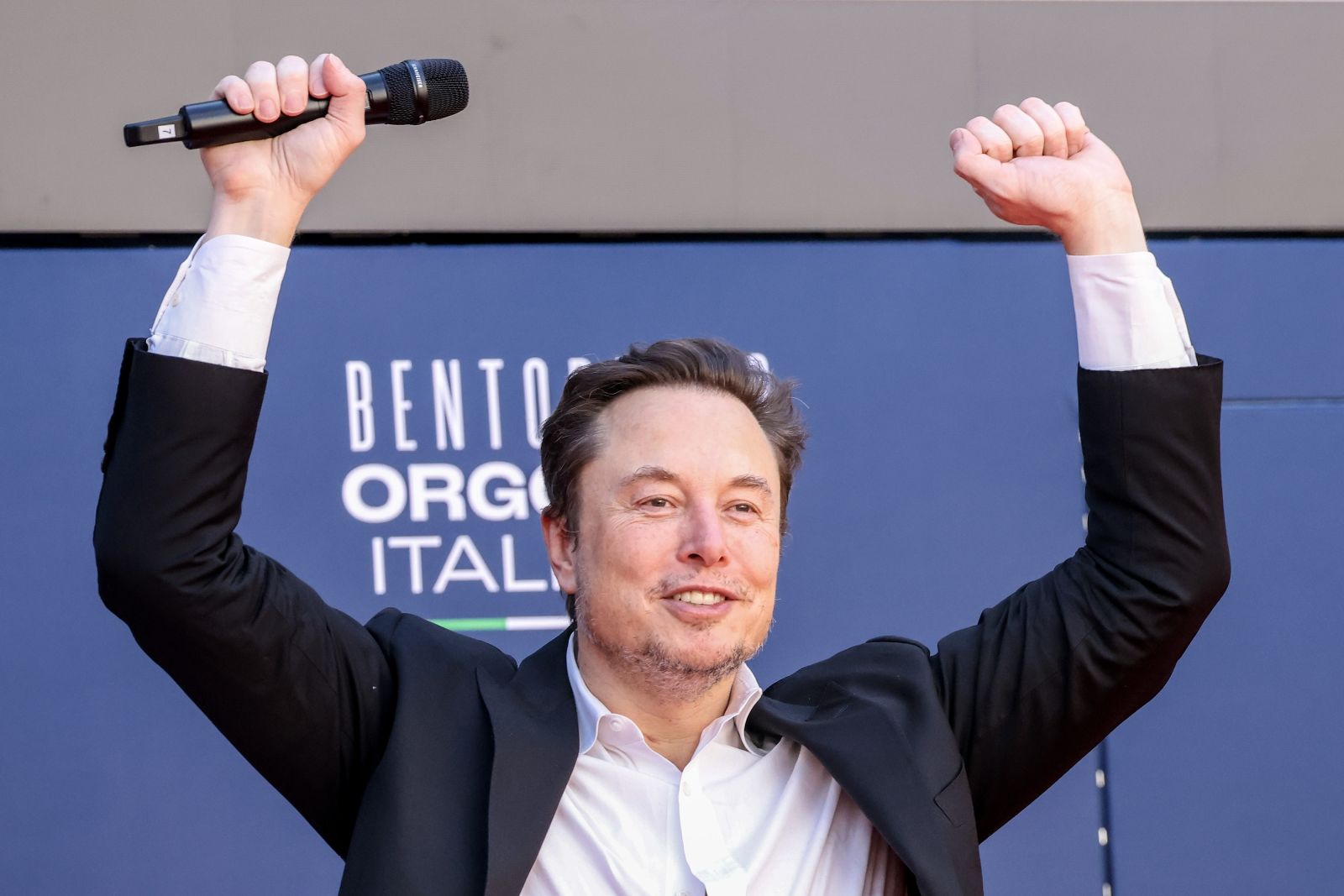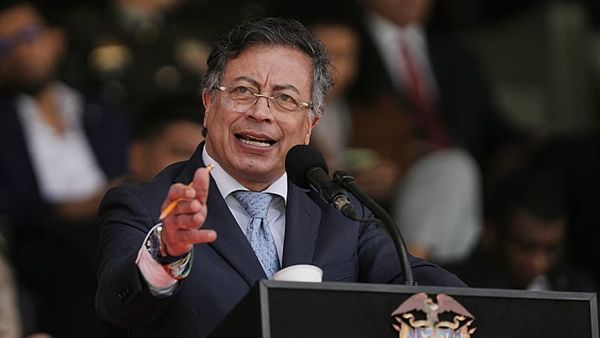
Elon Musk says the much‑anticipated turnaround in Tesla (TSLA) is already in place. According to the billionaire CEO, the evidence of this recovery is that the TSLA share price is creeping back toward last year’s highs. Retail investors have been piling into Tesla stock in recent months, even though the recent first-quarter earnings report was dismal. This is due to Musk refocusing on his companies instead of the Department of Government Efficiency (DOGE) and rebranding Tesla away from EVs and into AI and robotics.
Investors now have to decide whether Musk’s confidence is a real inflection point or another bold prediction that fails to match the numbers. Let’s take a look.

What Musk Says Has Changed
Elon Musk said that Europe remains “our weakest market” but that sales everywhere else are “strong,” so the company is “already back.” He repeated that view at the Qatar Economic Forum and added that the market capitalization – back above $1 trillion – proves investors agree.
He also says that demand worries are overblown. Musk brushed off the concern about falling deliveries and said, “they’re fine, don’t worry about it.” He also pledged to remain CEO for at least five more years, a promise aimed at critics who say his political adventures distract him from the assembly line.
Musk now keeps touting robotaxis as the “main driver” of future value, with a pilot in Austin planned for June.
How Tesla’s Fundamentals Are Actually Doing
Musk’s upbeat comments arrived barely a month after Tesla reported one of its worst quarters on record. Net profit fell 71% year-over-year in Q1 2025 to about $409 million, while automotive revenue fell 20%, and total revenue dropped 9%. Analysts had already slashed estimates, but Tesla still missed consensus by more than $2 billion. Those figures hardly signal a completed comeback.
Deliveries tell the same story. Vehicle sales fell 13% in the first quarter, the steepest drop in nearly three years. Independent data contradict Musk that regions outside Europe are doing well. China demand is running roughly 10,000 units below last year despite heavy discounts, and BYD (BYDDY) just overtook Tesla in European BEV registrations for the first time, 7,231 to 7,165 in April.
Plus, price cuts on the refreshed Model Y and extra incentives in China sent gross margin down to 16.3% last quarter from a 27.1% peak in 2022. The energy‑storage unit is growing, but it still can’t offset collapsing automotive profits.
Investors are paying a premium for this deteriorating performance. TSLA trades above $360 today, or 184 times trailing earnings and 11.2 times sales. Legacy automakers sit near single‑digit earnings multiples, and even growth‑driven Rivian (RIVN) changes hands at less than 4 times sales. Valuation alone does not kill a bull case, but when fundamentals weaken while the multiple stays lofty, risk balloons.
Should You Buy or Sell TSLA Stock?
If you’ve asked TSLA bulls before why they are willing to pay above and beyond for the stock, their argument would usually revolve around full-self-driving tech. Now that FSD is no longer exclusive to Tesla, it has moved toward Optimus robots and Cybercabs. Both are even more speculative.
Plus, back in the day, Tesla had triple-digit growth levels and was increasing margins significantly. EVs were seemingly on course to replace all legacy vehicles, so TSLA stock seemed like the natural bet. The environment today is very different, so paying the same premium does not seem like a good idea.
A genuine turnaround usually shows up first in free‑cash‑flow trends, delivery rebounds, and rising margins. Tesla has not yet achieved this. Investors looking for fresh money ideas should wait for evidence of sustained margin recovery or a valuation that reflects today’s realities. For now, the smart play is to stay on the sidelines.







